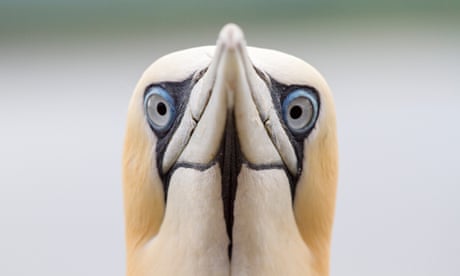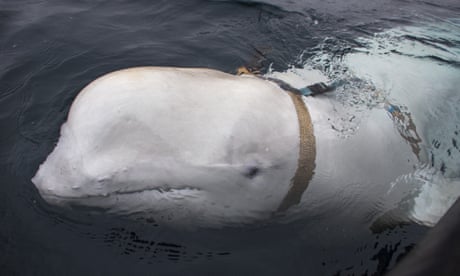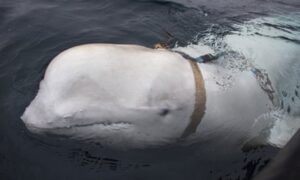Seabirds are in a precarious position as their breeding areas are threatened by climate breakdown and overfishing
Five seabirds have been added to the UK’s conservation red list, meaning they are at dire risk of local extinction.
The government has been urged to act as the arctic tern, Leach’s storm petrel, common gull, great skua and great black-backed gull join other seabird species such as the puffin on the list after severe population declines.

The research, published in the journal British Birds, has assessed that these species should join the kittiwake, herring gull, roseate tern and arctic skua on the red list.
Seabirds are in a precarious position as their breeding areas are under threat from climate breakdown, and the food they eat such as sand eels are overfished and at risk from warming seas.
Invasive predators such as rodents decimate their young, and bird flu has caused population declines in several species.
Conservationists have asked the government to expand protected marine areas to stop overfishing of their food and bycatch, whereby seabirds are caught in fishing nets.

It is important for global seabird populations that the UK takes action because Britain, Ireland, the Isle of Man and the Channel Islands support most of the global populations of breeding manx shearwater (96%), northern gannet (70%) and great skua (64-67%).
The RSPB has welcomed decisions by the English and Scottish governments to bring forward a ban on sand eel fishing in UK waters.
Katie-jo Luxton, the global conservation director for the RSPB, said: “We need urgent action from our governments to address this dire situation to tackle the drivers of these declines and enable recovery.
“We are calling for robust and resourced seabird conservation strategies that can deliver rapid protection of seabird breeding islands from invasive predators, improvements in the marine protected areas network for seabirds, better spatial planning of marine developments to avoid important areas, better fisheries management to ensure there are sufficient prey species and new measures on boats that tackle the bycatch of seabirds in fishing gear.”
The data adds to a worrying picture for the health of the UK’s bird population. They have been added to the Birds of Conservation Concern review, which shows that of 245 regularly occurring bird species in the UK, 73 (30%) are on the UK red list.




